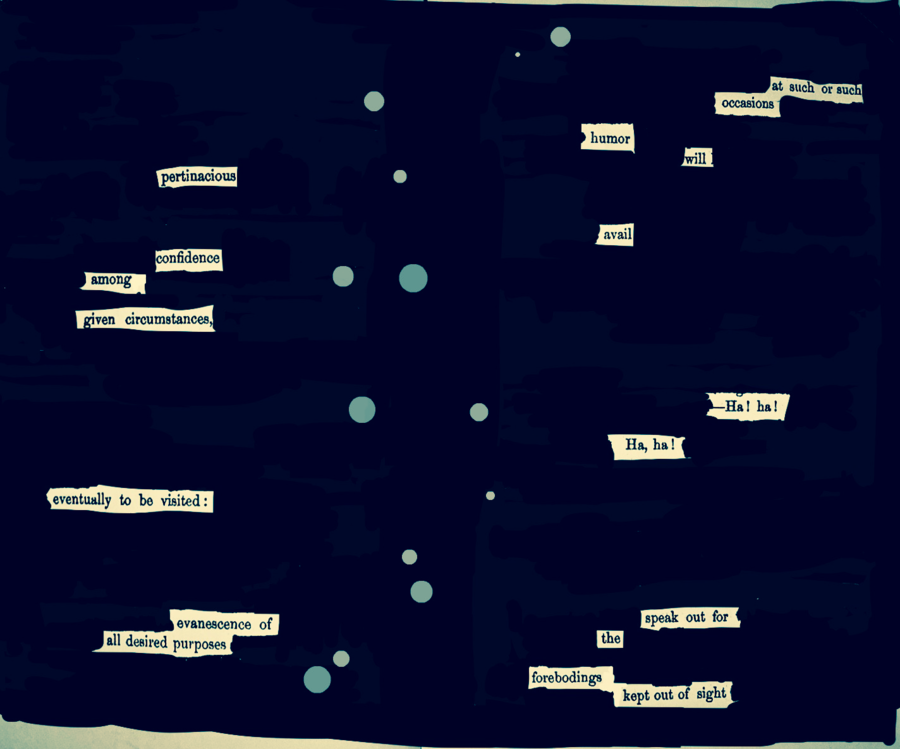

Blackout poetry is made by colouring over parts of an existing text, so that only selected words remain visible, creating a poem.

To use this tool, you can select a text from the samples, or paste your own text source into the custom text field. Your chosen text will appear in the large box to the right.
With your mouse or touchscreen, select the words from the text you want to keep, and, when you are ready, press the black out button.
If you want to save the result as an image, maybe to post to your social network of choice, scroll down and hit Render as image. You can then save the image directly to your device.
Thoroughly updated, this fourth edition focuses on modern techniques used to generate synthetic three-dimensional images in a fraction of a second. With the advent of programmable shaders, a wide variety of new algorithms have arisen and evolved over the past few years. This edition discusses current, practical rendering methods used in games and other applications. It also presents a solid theoretical framework and relevant mathematics for the field of interactive computer graphics, all in an approachable style. New to this edition: new chapter on VR and AR as well

This is my tribute to Pablo Picasso’s most famous artwork, Guernica (1937). The main reason to do this is to echo Picasso’s antiwar message, which I strongly believe is needed more than ever. The backside of this artwork I added a few other Picasso’s artworks to advocate peace, however washed out and fragmented it is. The ox, the “sleeping” soldier, and Pegasus are from one of his early Guernica sketches. The others, most notably his Bouquet of Peace (1958), are sampled from his later works with peace theme. The only 3 animated elements are the flower, the lamp, and the light bulb. To me the flower symbolizes life, the lamp represents hope, and the light bulb embodies technological destruction. As long as life continues and hope lasts, humanity will goes on.
In Reverse Perspective the expected visual rules are inverted, so close objects are small and far objects are big. This is not only true for whole objects, but their structure as well. So the near points of an object are closer together, relative to its far points, which gives the flared-out look of the buildings, and the scene as a whole.
HYPE is a creative coding framework built on top of ActionScript 3. A major goal of HYPE is to allow newcomers to Flash and ActionScript to creatively play and express themselves while they are learning how to program.
Jamoma provides a clear structure and common features for building max patches. Reducing the amount of time needed to create new performance systems, and enhancing the interchange of patches amongst max users.
Visual Aesthetices in early computing (1950-80), computer-generated images from the 60's and 70's
This is the repository of processing applets created by Marcus Graf.
Dreamlines is a non-linear, interactive visual experience. The user enters one or more words that define the subject of a dream he would like to dream. The system looks in the Web for images related to those words, and takes them as input to generate...
VJ from argentina
Sam Jones is an International New Media Artist, based in Liverpool, UK. She develops intelligent systems that analyze and respond to the physical environment. Predominantly working with Light, Electronics, Sound, Video and 3D Environments to create multi-
Images de syntheses 3d, a marseille !
Visualize architecture